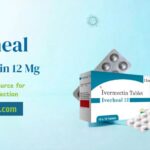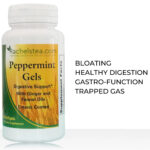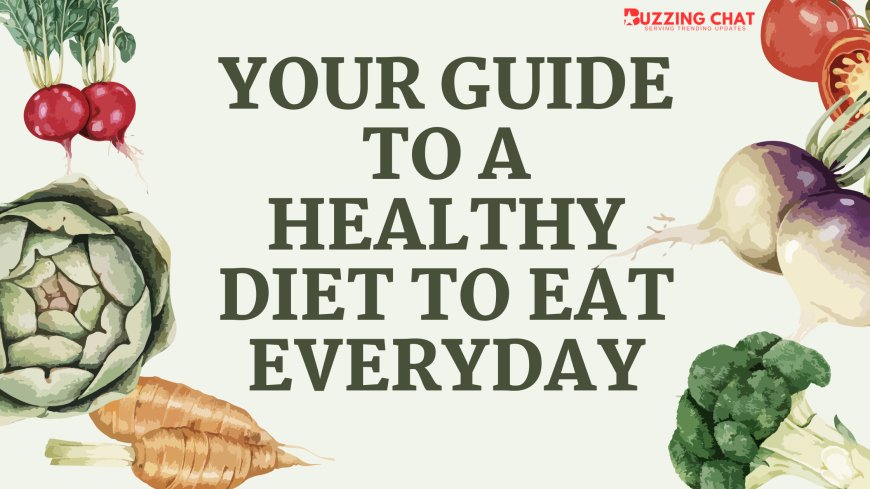You Think It’s Healthy… Until It Isn’t
Let me guess—you’ve been there too. You’re in the supermarket, scanning the shelves for something healthy. You’re feeling motivated, maybe just read a blog on heart-healthy habits or watched a reel about the power of omega 3 and vitamin B complex. You pick up a granola bar labeled “natural,” “gluten-free,” and “fat-free,” thinking, “Yes! I’m doing this healthy food thing right.”
But then you flip it over… and the ingredients list reads more like a science experiment. Been there, done that.
As someone who works in IT (hello, endless hours at a desk) and constantly battles with staying healthy in a screen-dominated lifestyle, I had to learn the hard way that “healthy” doesn’t always mean healthy. So here’s your no-nonsense guide to spotting fake “healthy food” claims—and actually building a balanced diet that supports both your career and your well-being.
1. Front-of-Packaging Buzzwords Are Often Misleading
Words like “natural,” “fat-free,” “sugar-free,” or “whole grain” can sound like music to our ears—but in most cases, they’re marketing fluff. For example:
- “Fat-free” often means loaded with sugar to make up for lost flavor.
- “Sugar-free” could contain artificial sweeteners that impact digestion and metabolism.
- “Multigrain” doesn’t mean whole grain—it just means more than one grain was used. They may all be refined.
Think of these phrases as red flags, not green lights. Instead of being seduced by big font on the front, flip the package over. That’s where the real story is told.
2. Understand the Ingredient List Like a Pro
Here’s a quick trick I swear by: if the first three ingredients are sugar (in any form), refined flour, or a type of oil you can’t pronounce—it’s probably not part of a heart healthy diet.
A real-life example? I once bought a breakfast cereal that claimed to be “rich in whole grains” and perfect for “active lifestyles.” First three ingredients? Corn syrup, enriched flour, and hydrogenated oil. No thanks.
Also, ingredients are listed by weight. So, if “whole oats” are ingredient #7, they’re barely in there.
3. Beware of “Health Halos”
That’s the term for when a food gets labeled with something good to mask what’s actually not.
Take omega 3, for instance. It’s crucial for brain and heart health. But slapping “with omega 3!” on a product doesn’t make it healthy—especially if it’s a sugar-loaded snack with a dash of flaxseed oil.
Same goes for products boasting “vitamin B complex.” Sure, B vitamins are essential for energy and stress management (something all of us in tech seriously need), but when it’s sprinkled into an otherwise junky product, it’s like adding glitter to garbage.
4. Nutrition Labels Are Your Best Friend (Once You Learn the Language)
It’s not just about calories. Pay attention to:
- Added sugars – anything over 6g per serving is a red flag for most snacks.
- Sodium – important to watch for anyone concerned about congestive heart failure or blood pressure.
- Fiber – aim for at least 3g per serving in whole foods.
- Trans fats – even if it says 0g, check the ingredients list for “partially hydrogenated oils.”
Once I learned to decode these labels, grocery shopping became less of a guessing game and more of a strategy.
5. Think in Terms of Real Food, Not Food-Like Products
If you can’t picture it growing, running, or coming from a basic cooking method, it’s probably not the best choice. The more processed a product is, the more likely it’s hiding behind a fake “healthy” mask.
Instead, lean into foods you know support your body and mind: leafy greens, fruits, legumes, nuts, wild salmon (for those omega 3s), and whole grains. These power a balanced diet and are gold for anyone sitting at a desk all day trying to stay sharp and energized.
Final Thoughts: Be Smarter Than the Label
If you work in IT like me, you know how easy it is to rely on grab-and-go snacks between meetings and bug fixes. But here’s the truth: being busy doesn’t mean you have to be fooled by fake healthy food.
Read the back. Question the front. And don’t let branding trick you into thinking you’re eating well when you’re not.
Small changes—like swapping fake granola bars for real fruit or choosing unsweetened Greek yogurt over the “light” version—add up over time. A cleaner plate today means a sharper mind and healthier heart tomorrow.
- How to Spot Fake “Healthy Food” Labels at the Supermarket (So You Don’t Get Fooled Again)
- Learn how to spot misleading "healthy food" labels at the supermarket. Discover tips on reading nutrition facts and choosing a heart healthy diet that works.
- omega 3, congestive heart failure, vitamin b complex
Related posts:
 Smilo helps Barnsley patients enjoy long-lasting healthy smiles
Smilo helps Barnsley patients enjoy long-lasting healthy smiles
 Your Skin’s Best Life: Building a Routine That Heals and Protects
Your Skin’s Best Life: Building a Routine That Heals and Protects
 Is Laser Liposuction Painful or Comfortable? Comprehensive Guide
Is Laser Liposuction Painful or Comfortable? Comprehensive Guide
 Nasha Mukti Kendra in Saket Are Using This Secret to Save Their Teens from Drugs
Nasha Mukti Kendra in Saket Are Using This Secret to Save Their Teens from Drugs
 Scalp Conditions and Hair Thinning? How Trichology Can Help Restore Your Hair
Scalp Conditions and Hair Thinning? How Trichology Can Help Restore Your Hair
 The Common Parasitic Infections and Their Effective Treatments
The Common Parasitic Infections and Their Effective Treatments
 Can Laparoscopy Unblock Fallopian Tubes? What You Should Know
Can Laparoscopy Unblock Fallopian Tubes? What You Should Know
 Why Peppermint Oil Capsules are a Must-Have for IBS and Bloating Relief
Why Peppermint Oil Capsules are a Must-Have for IBS and Bloating Relief







